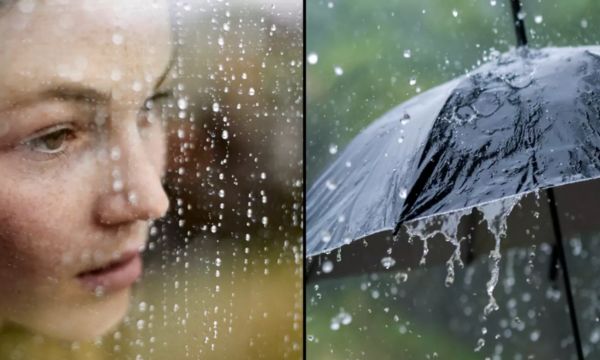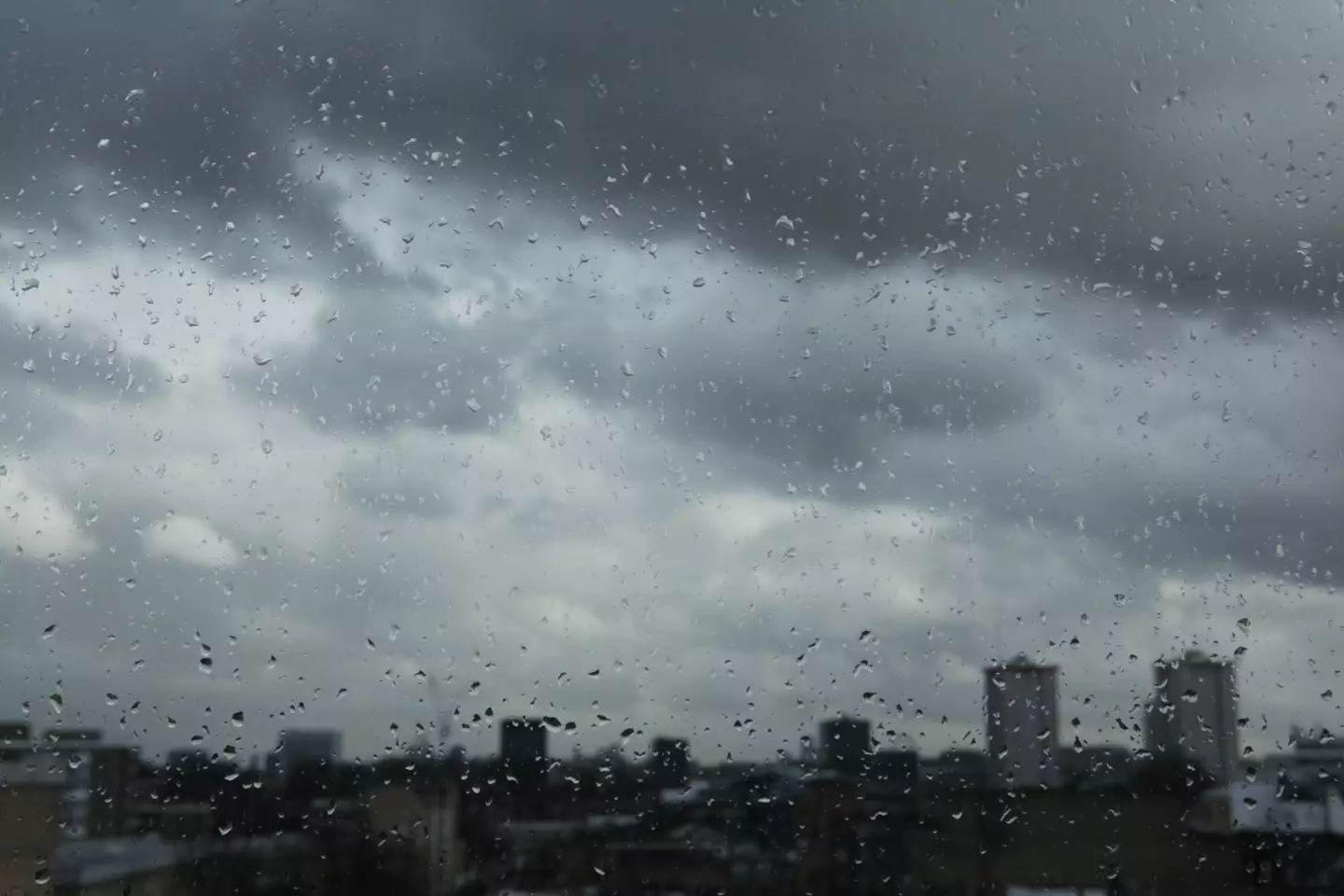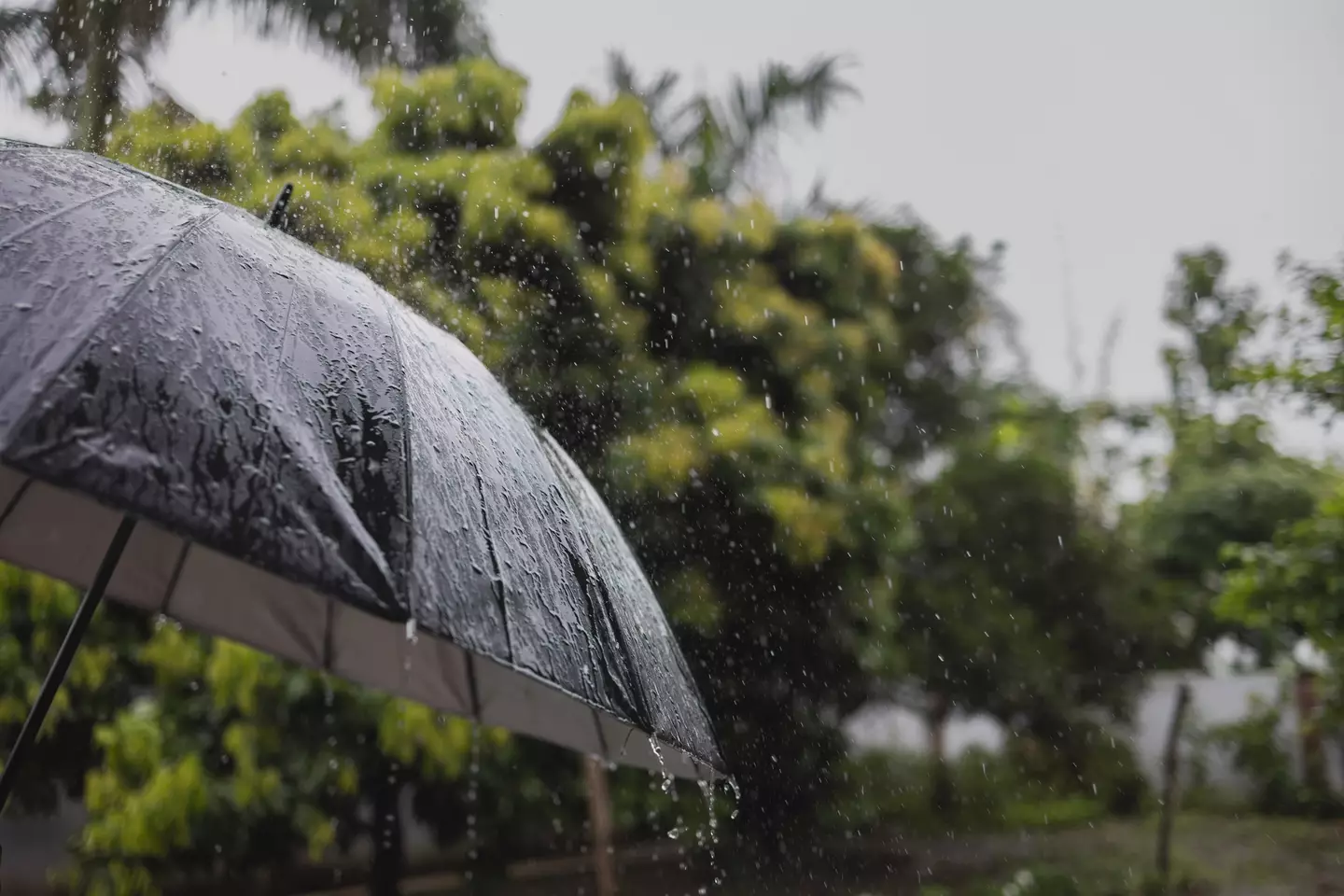
Summer is (thankfully) on the horizon, but there’s still a couple of cloudy and rainy months in our way.
Let’s hope we can get a bit of the heat wave that hit Europe and the US last summer after our mostly miserable July and August 2023.
It goes without saying that the weather forecast isn’t bible, in fact, it’s almost like a guessing game, so is there a different way to predict incoming rain?
We all know about that refreshing smell in the air after a good downpour, though that is most prominent after a prolonged period of sunshine, which we missed out on last year.
But there is another way, according to some people, to detect bad weather before it hits, which has caused arguments on social media.
As some people claim to smell rain before it arrives, others are calling them out for their supposed ‘lies’ despite how adamant they seem to be.
But those who have no such power have often labelled the smelling of rain before it arrives as a myth – so surely only science can prove or disprove this one?

Well, believe it or not, there is actually evidence to prove some people have the ability to smell rain before it arrives, a lot of which has to do with ‘petrichor’.
The name petrichor comes from Greek – petros meaning stone (as in petrify), and ichor, which was the substance that flowed through the veins of the Greek gods.
The smell is produced by a soil bacteria, which releases a chemical called ‘geosmin’.
Our ability to smell geosmin is rather impressive, even outdoing the ability of sharks to be able to detect blood.
This particular smell becomes most prevalent after a spell of rain, as when the raindrops hit the ground and flatten out, they can trap pockets of air in there.

These then bubble up like tiny aerosols, taking whatever chemicals and microorganisms happen to be there into the air with them.
But that isn’t all, as the chemical ‘ozone’ is another source of smell.
Ozone has a distinct smell, which is sweeter than that of petrichor. The scent of ozone can sometimes indicate that a storm is on the way.
This is because pockets of ozone gas are pushed down to ground level by winds in the approaching storm.
Essentially, this means that they will be at the level where our nostrils are most likely to be able to pick them up.
You learn something new every day.












